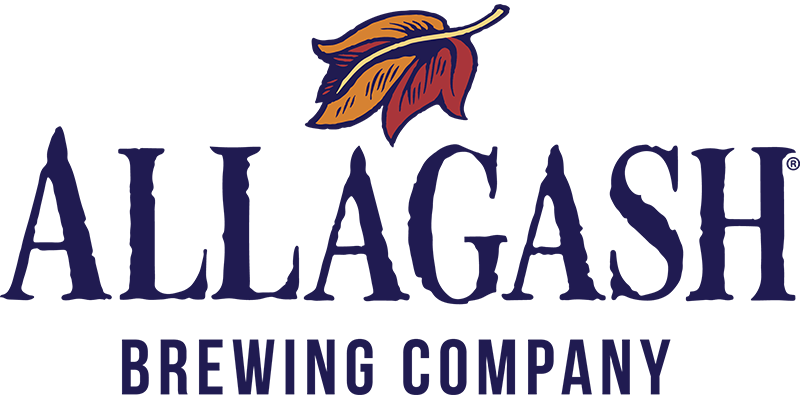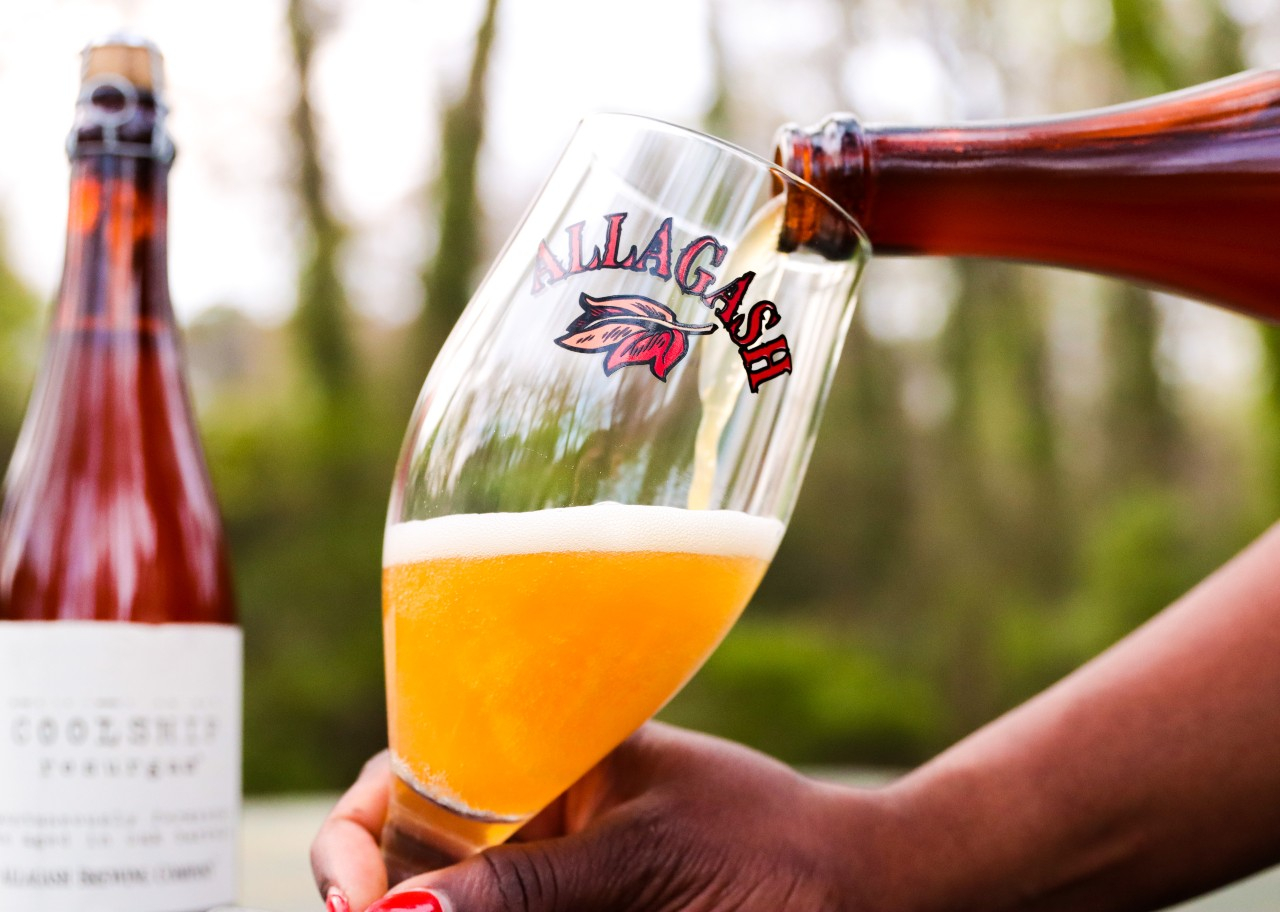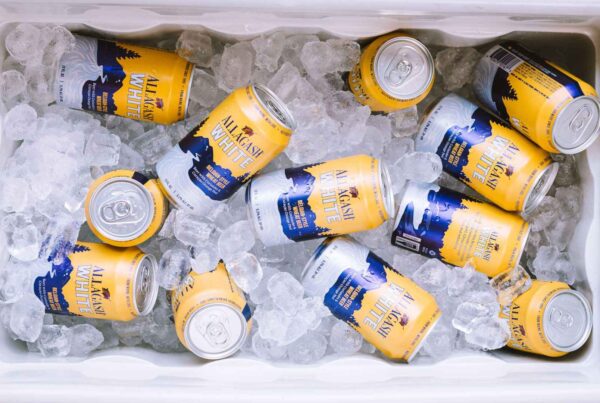Article by: Stephanie Grant
Images: Ali Lamoureux
There’s something magical about the transformation from winter into spring. Nature seems to unfurl from a long sleep, adorning bare branches with tiny verdant leaves and pink and purple flowers. It’s a beautiful awakening that brings renewed energy and vibrancy and a welcome change from the frigid temperatures of winter.
When nature ushers in warmer weather, I also feel a sense of awakening and change. My palate is craving flavors that are light, bright, and reflective of what’s happening around me. Instead of the dark, roasty beers I’ve been craving all winter, my mind turns to wild ales.
I have a special place in my heart for wild ales. Unlike kettle sours that take days to brew, traditional wild and sour ales can take months or years to create. Like a dry-aged steak, more time equals more flavor. A combination of technique, artistry, and barrel aging all lend a hand in creating the final flavor of complex, funky beers. If you’re new to wild ales, keep reading as I walk you through the process and flavors behind three of Allagash Brewing’s finest.
Wild Ales for Natural Wine Lovers
Perhaps one of my favorite techniques for creating wild ales is with a coolship. Coolships are large, open vessels used hundreds of years ago to cool off wort before more efficient ways were invented. In Belgium, even with the availability of new brewing techniques, brewers continued to use coolships to create spontaneously fermented Lambic beers. Coolships allow brewers to collaborate with nature in a way other techniques don’t allow. While the wort cools, wild yeast and bacteria find their way into the wort, creating something altogether different and delicious.
To make a beer like Coolship Resurgam, the process looks similar to brewing any other style, but differs in some key ways. It’s first brewed with Pilsner malt, raw wheat, and aged hops. The beer is cooled overnight using outside air temperature in the coolship. During the cooling process, naturally occurring microbiota from the air inoculate the beer, and in the morning, it is transferred into French oak wine barrels where the entire fermentation and aging takes place.
Coolship Resurgam is a blend of this one-, two-, and three-year-old spontaneously fermented beer. The finished beer has aromas of apricot, lemon zest, and candied fruit. Notes of tropical fruit and flavors of funk lead to a clean, tart, and dry finish. Sitting at 6.3% ABV, Coolship Resurgam’s fruity and funky notes are reminiscent of those you would find in natural wine. Actually, both wild ales and natural wines depend on yeast and bacteria from nature to start the fermentation process. Another beautiful result of coolship beers is the ability to capture the terroir or distinct characteristics of a place, much like wine.
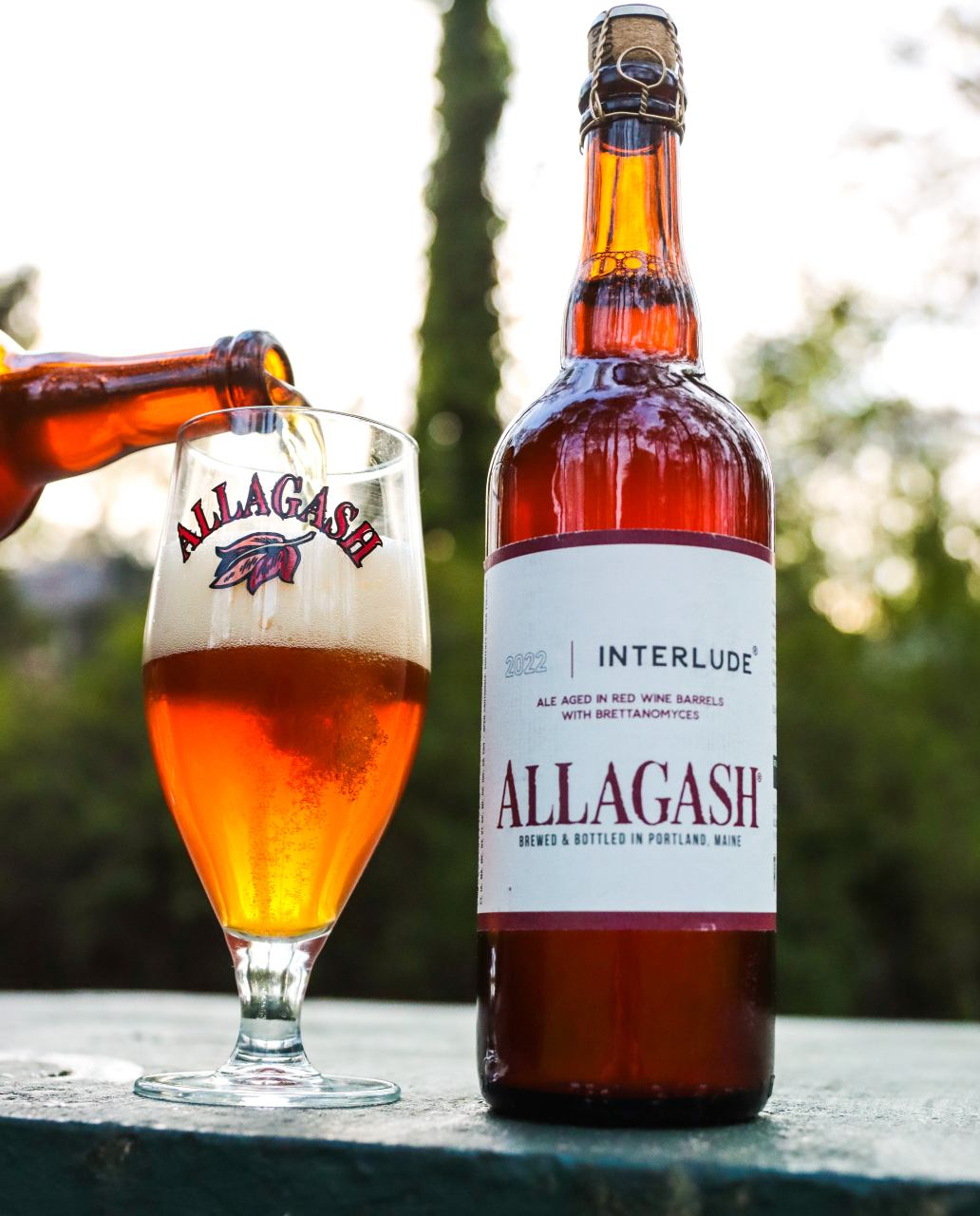
Wild Ales for Lovers of Tart and Fruity
Another way to make wild beers is by inoculating them with souring bacteria like lactobacillus instead of allowing nature to add its own wild essences. To create Once Upon An Orchard: Raspberries, Blueberries, Vanilla, Allagash brewers added Lactobacillus along with Pediococcus, and the brewery’s own house yeast. You will often hear beers like this referred to as mixed culture since the ale includes more than one yeast culture.
The sour red ale is then aged with fresh raspberries, blueberries, and vanilla bean. This delightful combination results in notes of ripe raspberry, caramel, tart blueberry, and a hint of vanilla that are reminiscent of eating Greek yogurt with a heaping of fresh mixed berries.
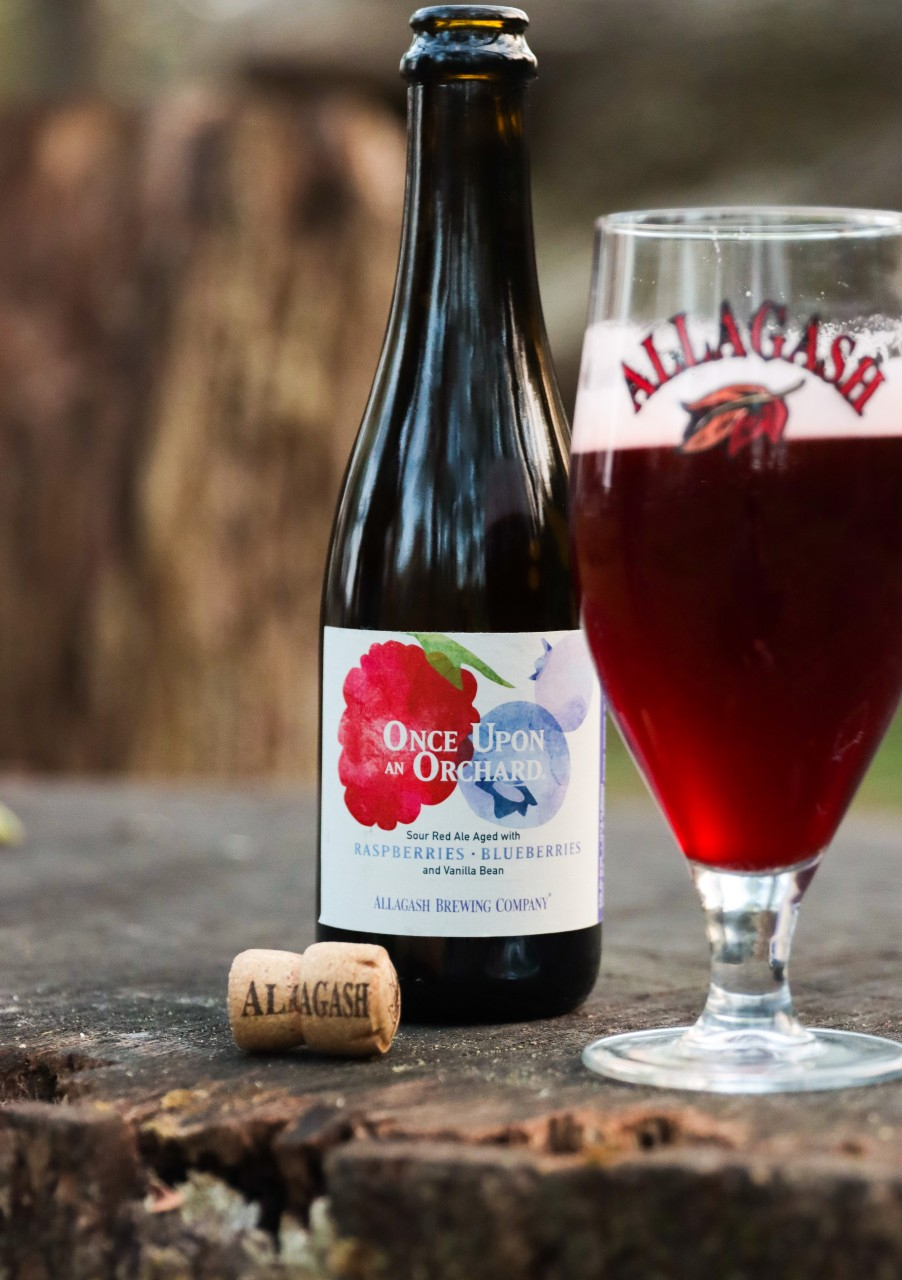
Wild Beer for Red Wine Lovers
Like Once Upon an Orchard, Interlude also falls in the category of mixed-culture ale. It uses two yeast strains to create this unique profile. The first, a Saison yeast, establishes the flavor foundations of a classic Belgian-style ale. The second is Allagash’s house strain of Brettanomyces yeast, which contributes myriad flavors including pear, apricot, graham cracker, and bread crust. A portion of Interlude is aged in red wine barrels, which imparts a distinctive vinous, plum character and a dry, almost tannic, finish. Those notes will appeal to people who love the dark fruit flavors of red wine.
This spring, I hope you venture in the world of wild ales and find the same joy I experience whenever I sip on these complex, tart, and sometimes funky beers.
